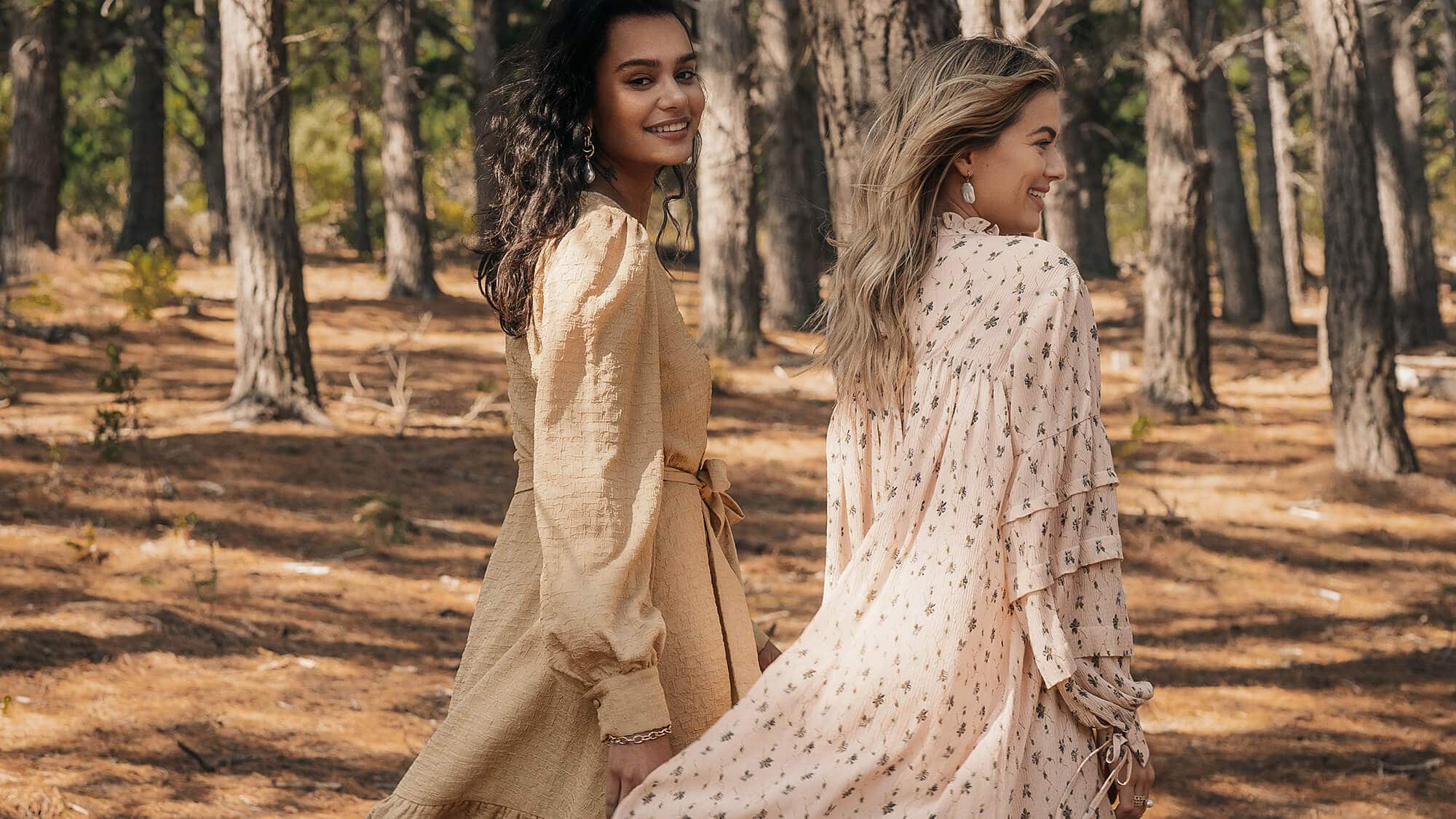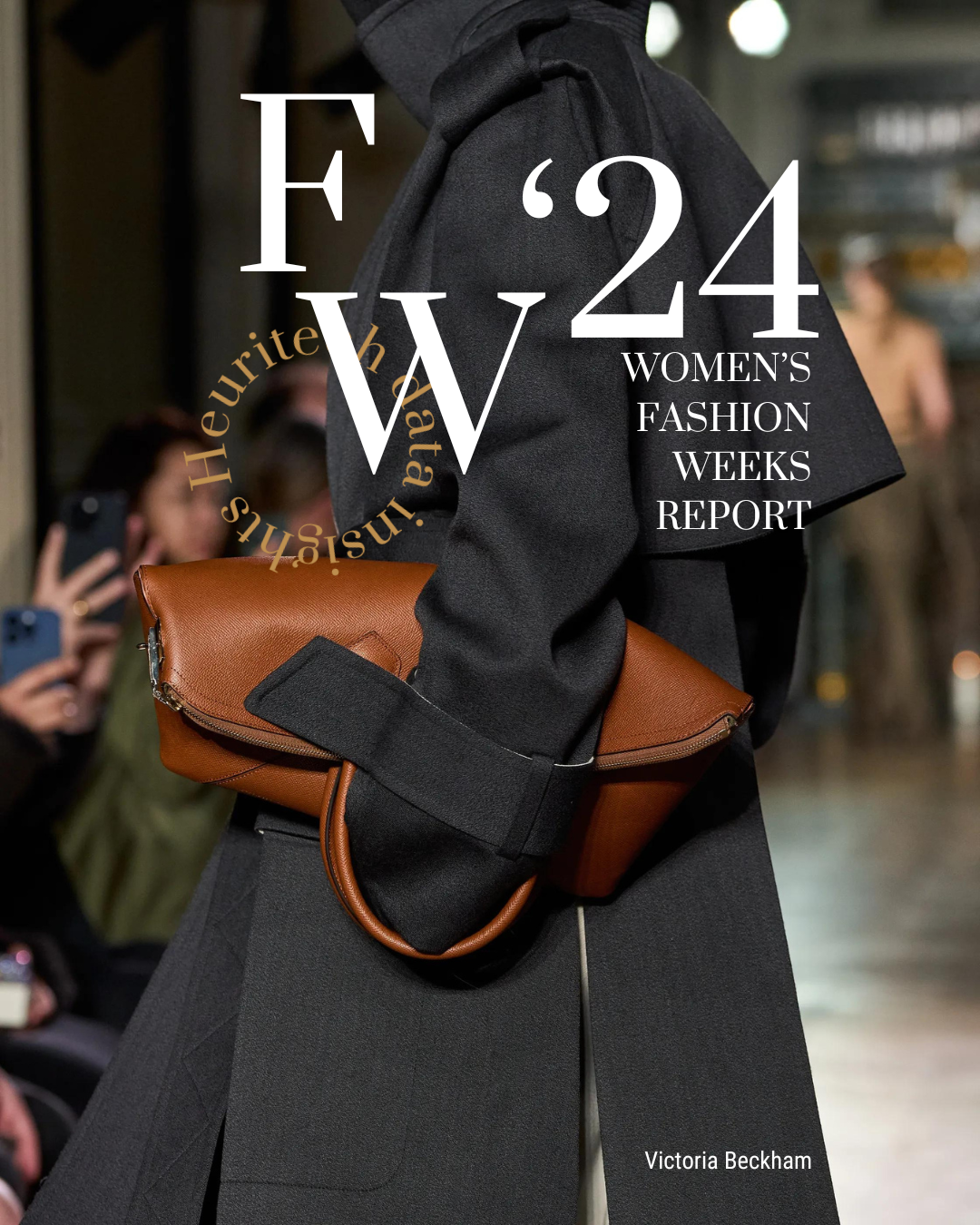Founded in Sweden in 2015 by current CEO Jarno Vanhatapio, NA-KD is an online fashion retailer who is taking Europe by storm, offering an array of brands and products with the aim of affordability and trendiness. From brands such as Calvin Klein and Levi’s as well as their own, NA-KD reflects a modern Scandinavian aesthetic which they represent via a range of social media platforms. The brand boasts nearly 3 million followers on Instagram and over 600,000 likes on TikTok, and their many collaborations with influencers on campaigns and products provide a direct line between the brand and the customer. This digitally native brand has captured the essence of modern shopping: creating an interactive experience for the consumer and remaining aligned with trends in real-time using data from social channels.
Heuritech’s Fashion Content Manager, Mélanie Mollard, interviewed Chief Purchasing Officer Sylwia Wennberg and Brand and Marketing Director Natasha Billing to delve deeper into how NA-KD has managed to capture Europe’s fashion market using digital solutions.
Mélanie Mollard: Can you explain the story of your brand?
Sylwia Wennberg: Our foundation has always been to be very open and interactive with our customers, so from the beginning it’s been very consumer-centric. Initially, our concept was to sell everything from all different brands and all different price points. But we noticed quickly that once we started listening to our customers, they actually preferred our products rather than those from external brands. In 2017, for example, 30% to 40% of our business consisted of external brands. But with data from our social media, we realized we needed to push our own products, and our brand DNA developed organically from that point. We still have external brands, of course, but it’s become more of a heritage business. We’ve managed to keep a high percentage of returning customers, and I think that’s because we make it easy for them to identify themselves with the NA-KD brand.
Natasha Billing: Our initial proposition was indeed multi-brand focused, but as Sylwia said, we evolved quickly once we noticed that our brand was outperforming external ones. Our product collaborations with influencers in particular delivered significant uplift for us, and generally speaking, these collabs always performed better than some of the other products from brand partners. That proposition seems to resonate regardless of the market. It’s given us more confidence to listen to what our customers are telling us, even if at times what they’re telling us feels counterintuitive.
MM: Your brand is interesting because you’re digitally native and have seemed to capture well the direction of the market. How do data and social media go hand in hand for you?
SW: To start, we have a massive advantage over those who don’t share their sales channels between brick-and-mortar and online. We’re lucky to have all of our data in our data warehouse, so we can interpret this data how we want and use it for trend forecasting. What’s interesting about using tools like Heuritech is that it gives us a broad look at product performance across the entire market. For example, at the beginning of the pandemic we had planned a prom collection, but through data it became obvious that consumers were turning away from prom wear in favor of comfortable loungewear. Our teams, particularly our business intelligence team, were able to turn this around quickly and determine which collection would be more relevant. Our ability to incorporate internal data and external data from companies like Heuritech, coupled with our strong brand identity, really is our “secret sauce.”
NB: I completely agree. I also think we’re the perfect size to evolve on a very reactive basis: it’s one of the reasons we’ve been as successful as we have. We’re always looking ahead to the next challenge, and we’ve always got our eye on the future.
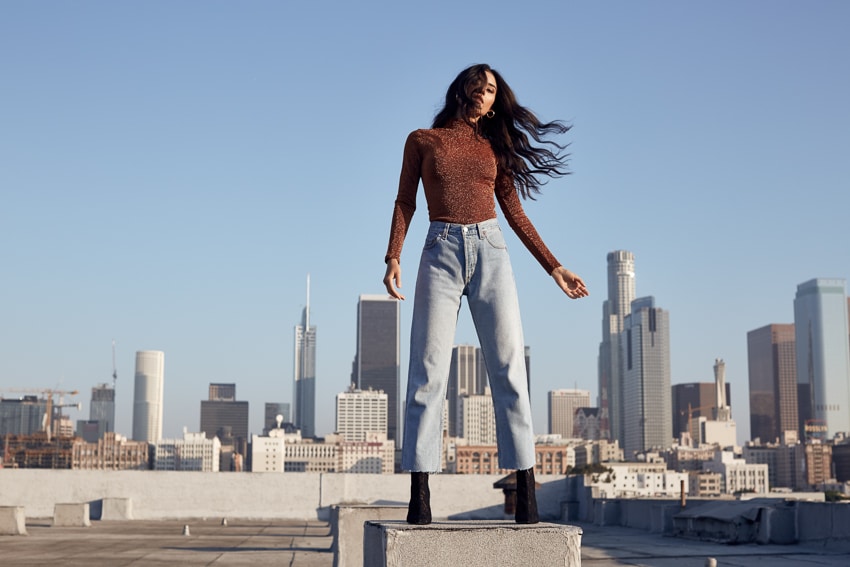
MM: Do you think the way you approach your customers’ desires comes from being a digitally native brand and being strategic with social media platforms like Instagram?
NB: We jumped onto Instagram quite quickly and used influencers early on — we’re very data-driven in that respect. It’s a mature platform for us and we have a deep understanding of what’s happening on those platforms from both an organic and a paid point of view. With that said, we don’t want to be wedded to one specific platform, so we’ve developed a much more platform-agnostic approach these days. YouTube and TikTok in particular represent a real opportunity that have been under-potentialized, and we’ve been developing these channels more and more. Social channels such as these give us the benefit of understanding what’s happening within our own ecosystem, but more importantly spotting opportunities through the work we do with our influencer partners.
MM: How has TikTok been for your brand? It’s taken off in the past year especially, and brands are only just starting to take advantage of it. I’m thinking of J.W. Anderson’s recent success which happened very organically. What’s your strategy?
NB: TikTok is an organic channel for us and we’ve put a significant amount of effort and investment behind growing our account. The model we’ve used is not dissimilar to the playbook we’ve used for some of our other platforms, so it’s a combination of self-created content from our internal teams and influencer-created content via collabs. We’ve focused on partnering with the best and most exciting talent who we can learn and benefit from, from the point of view of co-creating content with them as well as identifying product collaboration ideas with the aim of being creative together. Our brand strategy is understanding as much as we can about the platform and collaborating with people that we know natively understand how to make the most of them.
MM: Social media has been increasingly useful for you. What about optimizing your functionalities during the pandemic?
SW: The initial supply chain disaster that hit China and India, for example, didn’t affect us significantly because we plan our collections on a very short production cycle and most of our production is done in Turkey. We don’t produce massive quantities, so we don’t need to hedge or spread the risk elsewhere.
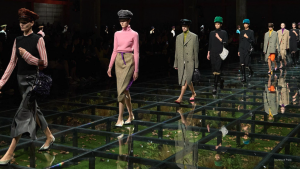
MM: In terms of growth strategy, how have you maintained social media engagement throughout the pandemic, or has the pandemic naturally benefitted your engagement?
NB: We’re lucky in that we’re still a small brand, so we’re able to pivot and evolve as quickly as possible. Internally, we’ve recalibrated ourselves to be much more data-driven in an integrated way than we were just six months ago. We have regular touchpoints with all different parts of the business, so where there used to be silos, there aren’t any more. For example, we have the advantage of managing all of our production internally, so we can turn things around quickly versus other competitors who are used to much longer briefing cycles. Then from a content point of view, we spend a huge amount of time watching what’s happening on different social media platforms. As a digitally native brand, this has allowed us to respond to the signals we see quite quickly, and we’ve seen good engagement and response on the back of that.
MM: You decide on products by closely following social media and looking at your data. What are your most successful markets today?
SW: Sweden is of course our home market so that’s where we’re most mature: we’re about 25% penetrated here, and at least 3 out of 10 Swedish girls between the ages of 18 and 30 follow NA-KD on Instagram. Germany is our biggest market, though, with 30% to 40% of our sales. We don’t tend to look at our markets on this level, though, because it’s really all of Europe. Covid-19 especially has shown us this, because different markets respond differently given their maturity for our brand: mature markets like Sweden are more organic and don’t need much promotion from us, while newer markets in Europe respond well to our collaborations with influencers.
MM: You don’t separate your European markets, so to speak, but do you notice differences between what products are more successful in different countries?
SW: From a brand DNA point of view we’re very solid: we have a neo-Scandinavian aesthetic which is actually quite universal in Europe. We prefer to preserve our brand DNA, so we don’t tend to design collections specifically tailored to the market on the broader range. However, we do use our influencer collaborations to get a closer look at the market as we see fit. If the influencer is particularly trendsetting, we obviously want our collections to reflect her home market and style. At the end of the day, though, our collections are always quite clean and represent everyday wear.
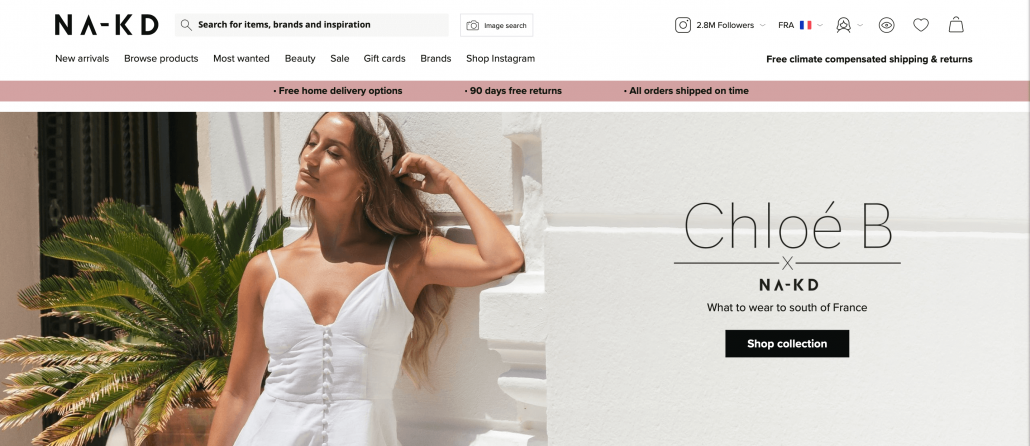
MM: Because you follow data so closely, how does a company like Heuritech who specializes in data and its application to fashion, serve you strategically?
SW: You trace what is happening on social media, especially on Instagram, and this helps us to validate the things that we see. We look at what’s happening on the street, what high-street designers are producing, what our competitors are doing, and what social and political events will potentially impact fashion trends. Other pure players may only forecast trends by looking at catwalks, but we meld together the upward and downward funnels to get a wider scope of market trends. Your data backs a lot of these intuitions that we draw.
MM: Moving forward, have you taken any lessons from the pandemic period, or has your digital origin made it quite streamlined?
NB: More than anything, this period has given us a better understanding of the role that our wholesale business can bring to the table as a channel for communication. Even outside of the revenue, there are still customers of ours that want to look and feel the product in a way that feels tangible. I don’t think that we will underestimate the value that they can bring as a brand channel especially. We’re also continually challenging ourselves to be responsive and reactive so that any changes and opportunities that crop up can be taken advantage of.
MM: Traditional brands are having to turn their strategies around as data and digital become less indispensable, so you’re on the right track.
NB: There’s so many traditional brands that have to evolve overnight. The fact that traditional businesses have teams called ‘digital teams’ is beyond me — digital should be a cultural behaviour at this point that exists within the company itself. These are companies that will struggle the most moving forward.
Using advanced artificial intelligence (AI) to translate real-world images shared on social media into meaningful insights, Heuritech empowers brands to forecast demand and trends more accurately, produce more sustainably, and achieve unprecedented competitive advantage.
